Testing, testing…
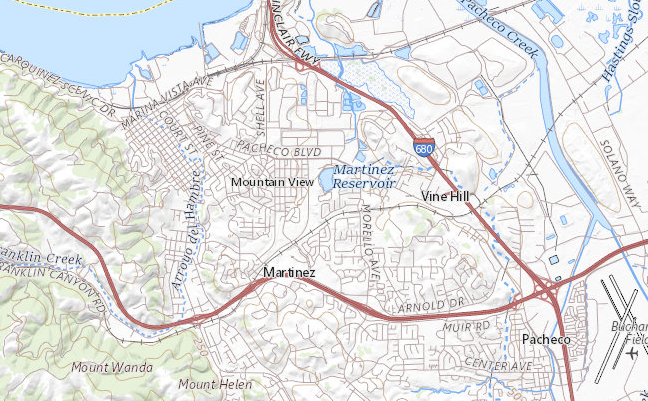
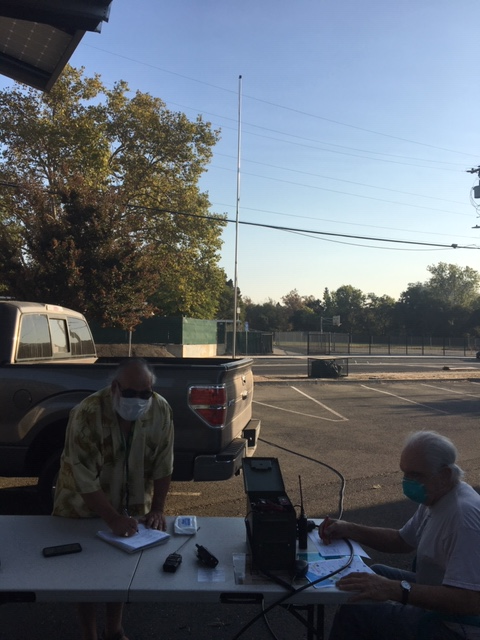
One of the critical tasks in emergency response is to communicate with first responders. For example, if you see someone who needs immediate help, you might dial 911. The first thing that the 911 dispatcher wants to know? Where are you. This is so they know where to find you if the call gets cut off. The next thing: can you follow their instructions? They will ask what they need to know and help guide you through steps you could take if you want to help.
If a disaster strikes our area (fires, a flood, or big earthquake are all high on our radar), CERT volunteers will need to communicate with our various Incident Command Posts (ICPs). How well can we do this, given the low power of FRS radios and the varied topography of the greater Martinez area?
In proper masks and social distancing fashion, a small team has been roaming the town with our FRS radios, trying to call home. Not home as in where we live, but home as in each District’s Incident Command Post. We’re learning that big hills get in the way. The neighbors on one side of the hill can talk with each other, but they may not be able to connect with the ICP on the far side of the hill. That’s not good!
Below are a few sample maps of our travels. We go out to each spot and try our FRS radio first, calling into the ICP from each location. If the FRS radio doesn’t raise the Incident Commander at the District’s assigned location, we try our “hammo-can” radios: a consumer-level radio with more power, a back-up battery and mag-mount antenna (more on this in a future post). We’re keeping track of our progress.
If you’re in our area and want to help us test, let us know what district you’re in. We’ll send you a note when we’re testing in that district and if you are available, we’d love to have your help!
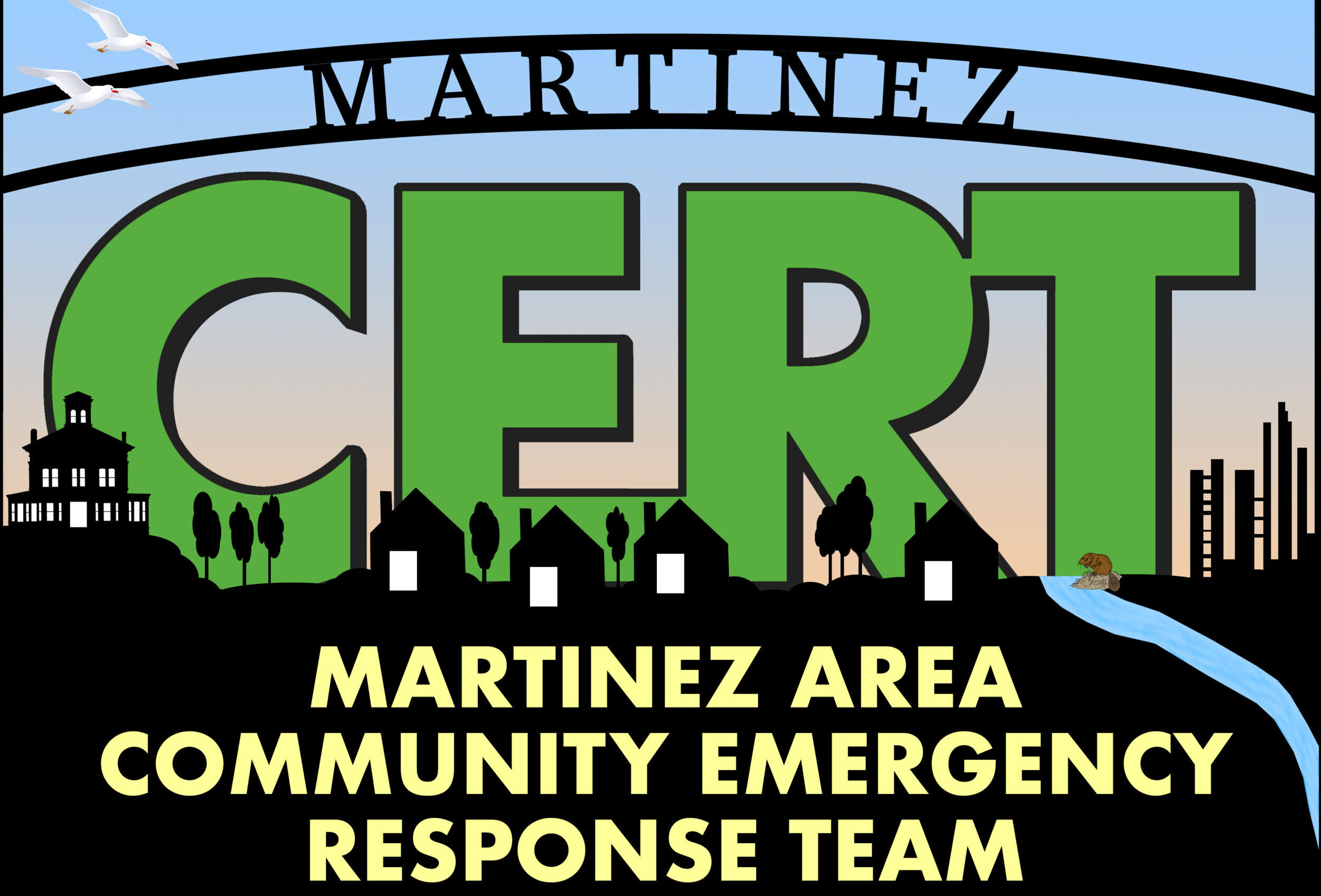
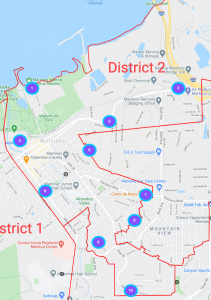
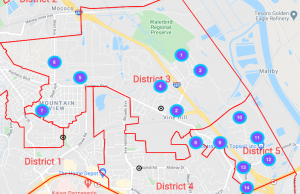
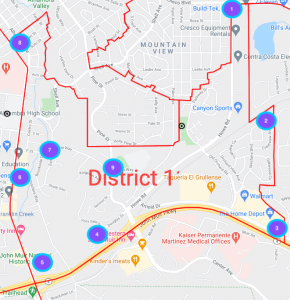
0 Comments on “Testing, testing…”